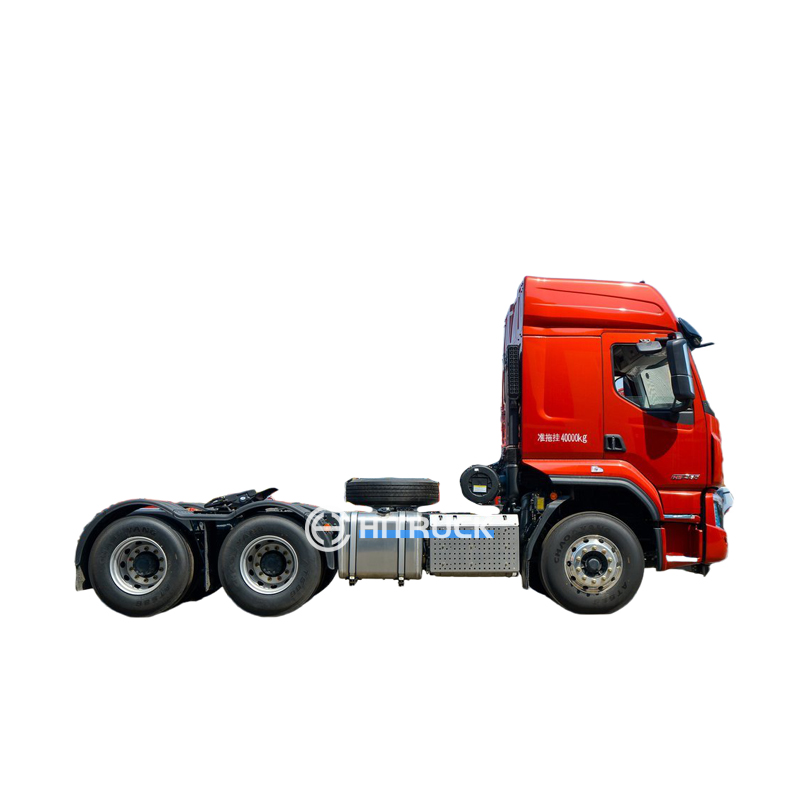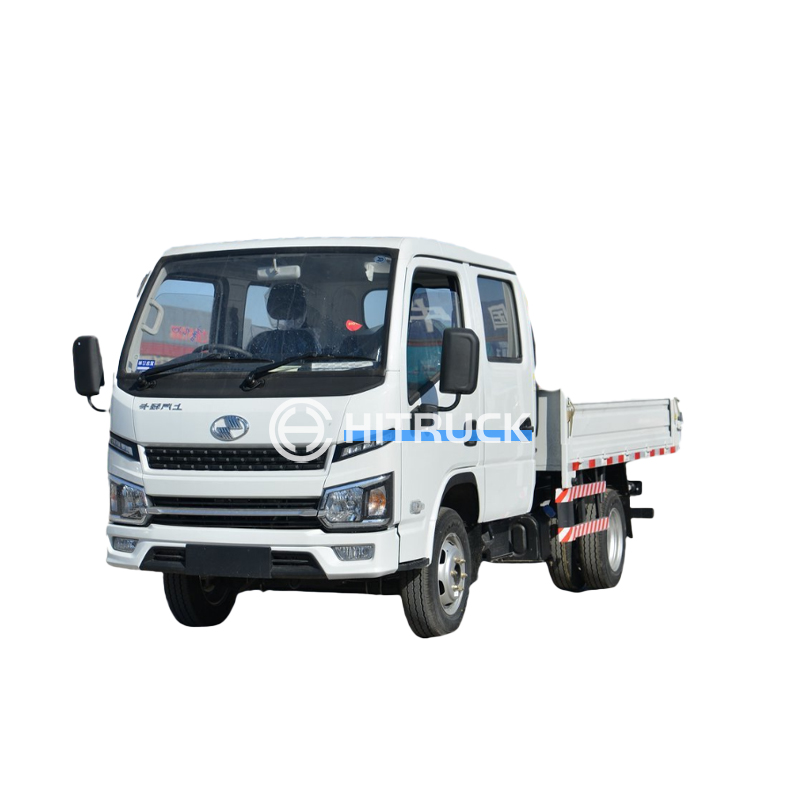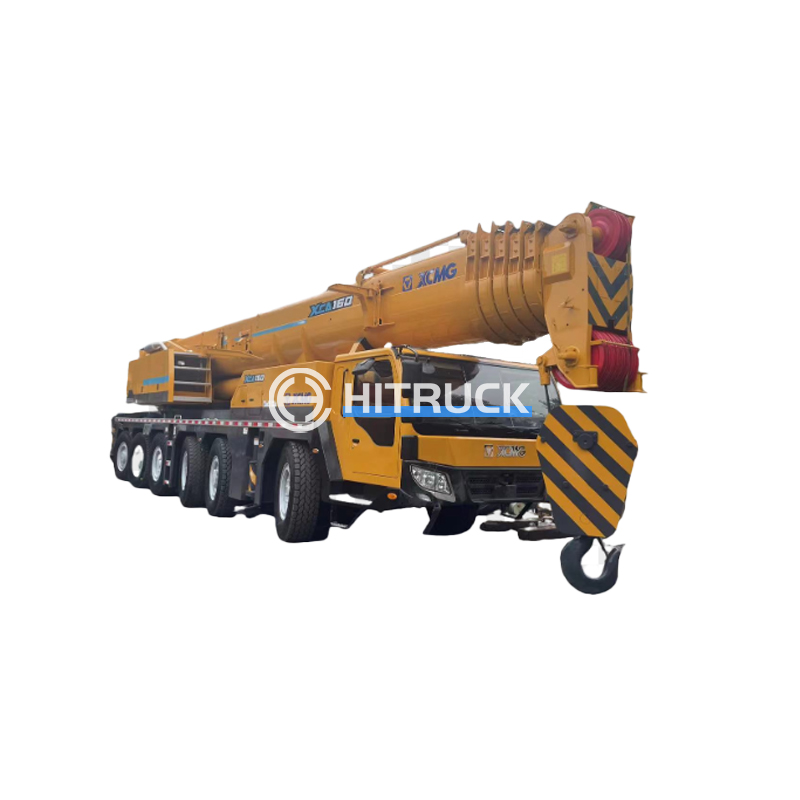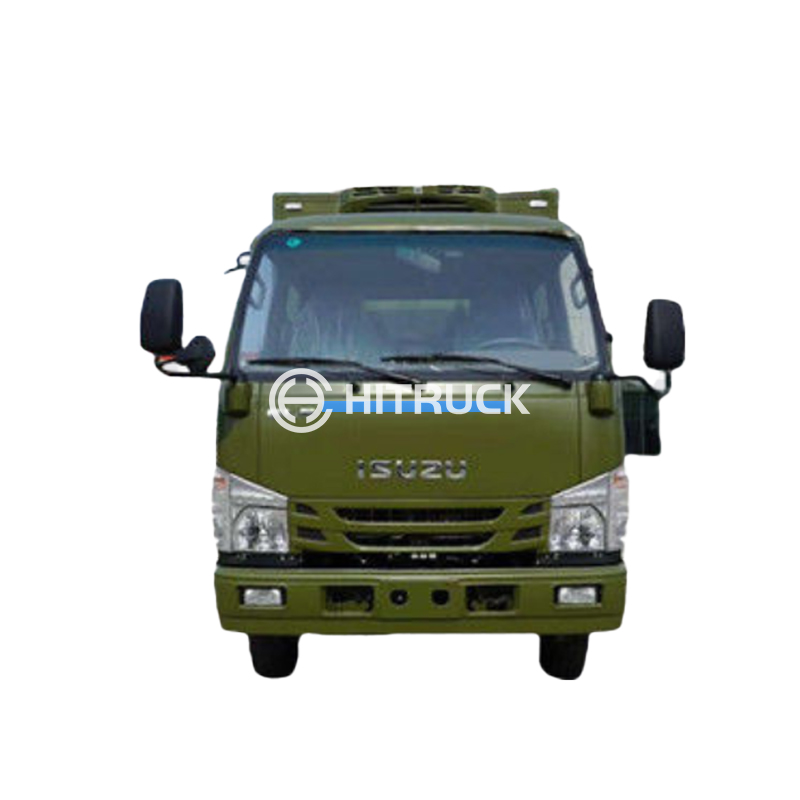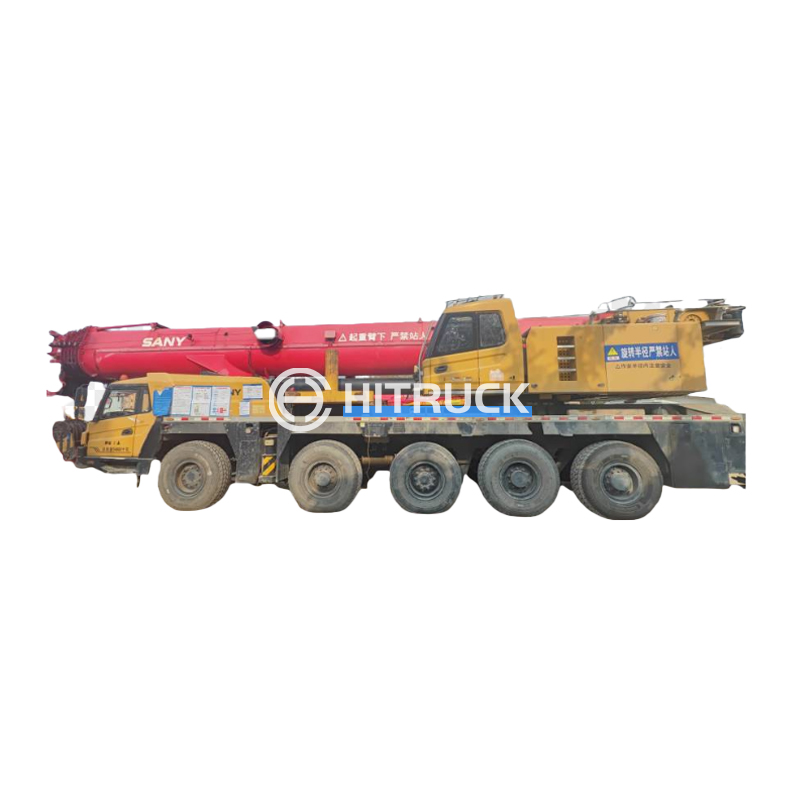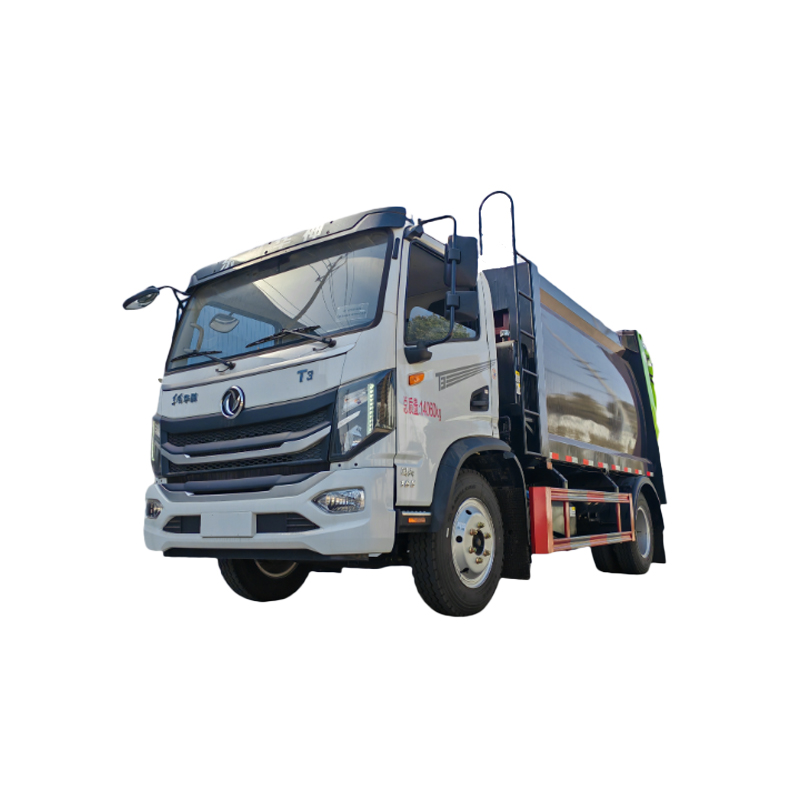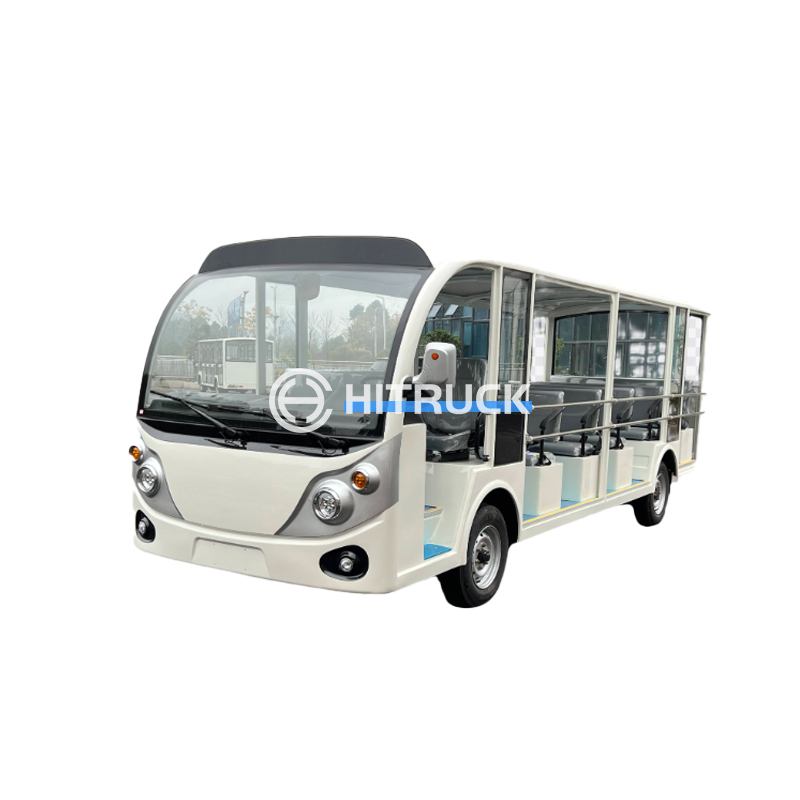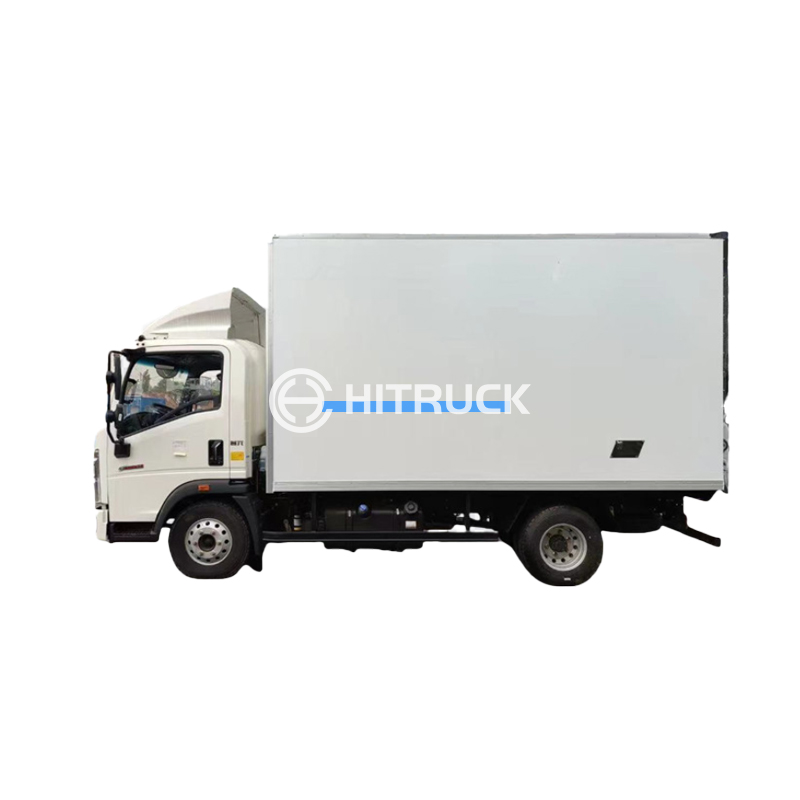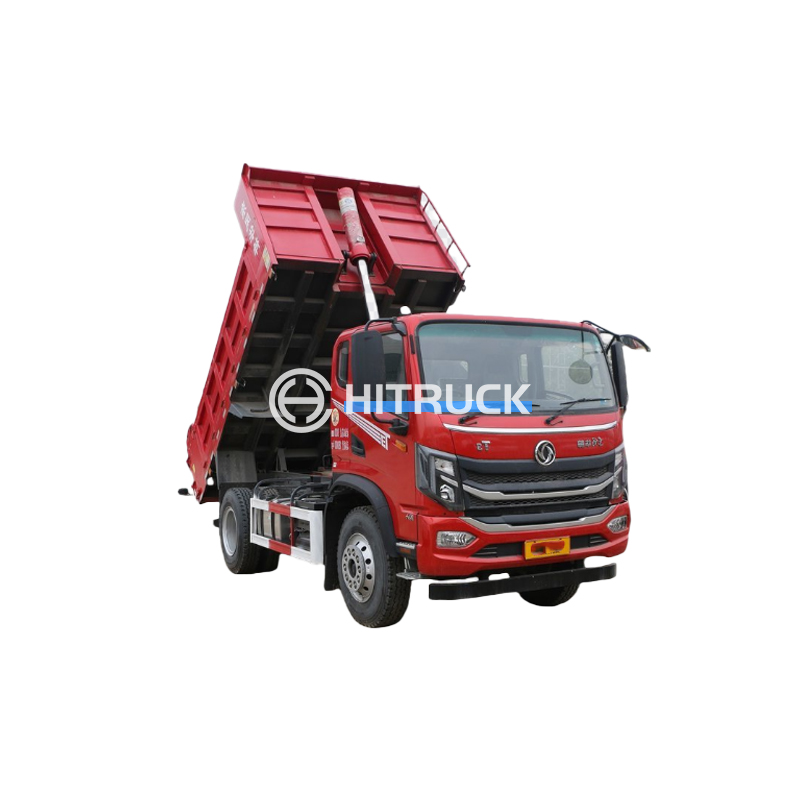This guide provides a detailed overview of industrial cranes, covering their types, applications, safety considerations, and maintenance requirements. Learn about the various types of industrial cranes available, their key features, and how to choose the right one for your specific needs. We'll also explore essential safety protocols and maintenance practices to ensure efficient and safe operation.
Overhead cranes are a common type of industrial crane found in factories, warehouses, and other industrial settings. They consist of a bridge structure spanning the work area, with a hoisting mechanism that moves materials along the bridge. Overhead cranes are highly versatile and can handle a wide range of loads. Different types include single-girder and double-girder overhead cranes, each offering advantages depending on the load capacity and span required.
Gantry cranes are similar to overhead cranes but are supported by legs that run on the ground, rather than a bridge structure. This makes them ideal for outdoor applications or areas where an overhead crane structure isn't feasible. They offer great flexibility and are often used in construction sites, shipyards, and steel mills. The stability and load-bearing capacity vary significantly depending on design and material.
Mobile cranes, often referred to as truck-mounted cranes or crawler cranes, offer a high degree of mobility. They are particularly useful for lifting and placing heavy loads in various locations. Choosing between a truck-mounted and crawler crane depends on factors such as terrain, load capacity, and the need for maneuverability. We recommend considering the specific needs of your operations when selecting a mobile crane. Suizhou Haicang Automobile sales Co., LTD provides a range of heavy duty vehicle solutions including cranes.
Tower cranes are tall, freestanding cranes commonly used in construction projects. They are often used for high-rise buildings and infrastructure projects where materials need to be lifted to significant heights. Different types of tower cranes exist, each suited for different tasks and project scales.
Selecting the appropriate industrial crane requires careful consideration of several factors. These include:
Regular maintenance and adherence to strict safety protocols are essential for preventing accidents and ensuring the longevity of your industrial crane. This includes regular inspections, lubrication, and operator training. Implementing robust safety procedures, such as load testing and emergency shutdown mechanisms, is paramount.
| Crane Type | Mobility | Load Capacity | Typical Applications |
|---|---|---|---|
| Overhead Crane | Limited | High | Factories, Warehouses |
| Gantry Crane | Limited | High | Shipyards, Construction Sites |
| Mobile Crane | High | Variable | Construction, Transportation |
| Tower Crane | Limited | High | High-Rise Construction |
Remember to always prioritize safety when operating industrial cranes. Proper training and adherence to safety regulations are crucial for preventing accidents and ensuring a safe working environment.

